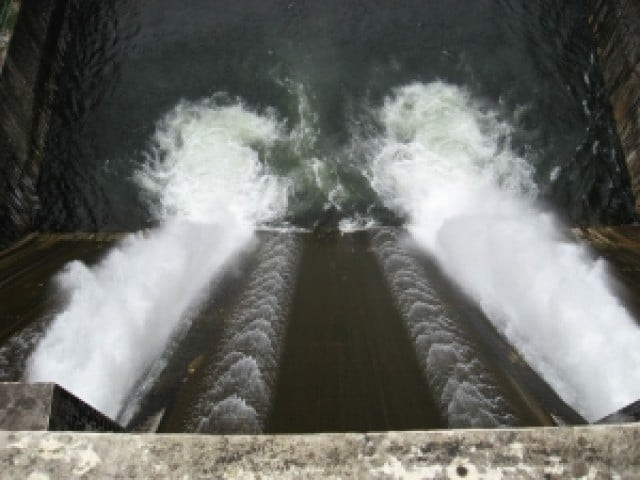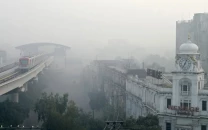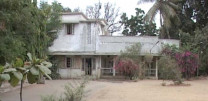Daducha Dam inches closer to solving Pindi’s water crisis
PC-I for project ready, foundation of dam expected to be laid this month

PC-I for project ready, foundation of dam expected to be laid this month. PHOTO: FILE
The dam, equal in size to the Rawal Dam, is expected to be completed within a period of two years. The Punjab government has earmarked Rs2.5 billion for it in the upcoming fiscal year 2019-20.
The dam is expected to be built by the Small Dams Organisation, a subsidiary of the Punjab irrigation department.
The dam is planned to have a capacity of 1,750 acres/feet of water while it will supply the garrison city with 25 million gallons of water per day (mgd). It is hoped that supply from the Daducha Dam and other water supply schemes, including pipelines from the Ghazi-Barotha dam and the Chann Dam, will be enough to cater to the city’s daily water needs.
The dam will include water-operated turbines which will help produce electric power for nearby areas apart from creating a park on its banks and offer boating facility within its lake.
The authorities plan to set up further recreational activities for visitors on its banks to further its revenue generation potential.
It is expected that the foundations for the dam will be laid later in July with the land acquisition process underway.
Ghazi-Brotha project
The Water and Sanitation Agency (WASA) Chairman Muhammad Arif Abbasi has stressed that the completion of the Ghazi-Barotha water supply project is the only solution to overcome the acute water problems of the garrison city for the next 40 to 50 years.
Providing details of the project, he said that the last census showed that Rawalpindi tehsil’s population had swelled to 3.26. million, up from 1.93 million in 1997. As many as 1.6 million people live in the areas which are served by WASA.
Abbasi said that at the moment, in areas served by WASA, the demand for water is 64mgd whereas current production was 51mgd, a shortfall of 13mgd.
The major sources of water for Rawalpindi include the Rawal Dam, Khanpur Dam and dozens of tube-wells.
The storage capacity of Rawal and Khanpur Dams has substantially reduced over a period of time while water inflows in the dams are not as high as before owing to insufficient rainfall. This limits the outflow from these dams while pollution of water in the dam is another cause for concern.
Since groundwater levels have fallen so much over the years, tube-wells are no longer efficient in sucking large quantities of water which can meet current requirements, let alone meet any future needs. Add to this fact that they run on expensive power and are prone to frequent breakdowns requiring repairs, they have fast become an inefficient and costly means of generating water.
Therefore, there is a dire need to develop new water sources, preferably based on surface water, to not only meet current shortfall but also cater to future demands of the city.
Abbasi said that an integrated approach could be adopted to solve the water crisis faced by the twin cities of Islamabad and Rawalpindi.
In this regard, a feasibility study to augment water supply for twin cities from the Indus River has already been completed and the project has received principal approval from the Council of Common Interest (CCI).
This is a three-phase project through which 600mgd water will be made available for the twin cities upon completion.
In the first phase, 200mgd water will be supplied to the twin cities out of which 100mgd for would be for Islamabad and 50mgd each for will be for the city and Cantonment areas. The approximate cost of this project is Rs75 billion which will be shared by the Federal and Punjab governments.
WITH ADDITIONAL INPUT FROM APP



















COMMENTS
Comments are moderated and generally will be posted if they are on-topic and not abusive.
For more information, please see our Comments FAQ